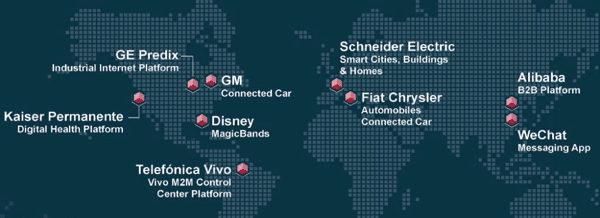“There’s a long-awaited digital innovation coming,” said Jim Griffith, General Manager of Sales and Marketing at Xerox Corporation. Jim Griffith was born in New York City and as a child, he had his own set of pictures developed by Radiohead and allowed him to create his very first business cards in grade school. As a result of his vision, he went on to start his very own company that would eventually become Xerox Corporation and bring him many lucrative years of success.
Now that the world is entering the age of a new digital age, there has been a long-awaited digital innovation coming for a long time. A decade ago, companies such as Digital Equipment Corp (DEC) were riding high upon the success of their first digital camera. They were generating so much buzz around their product that all the gossip from Hollywood was a mere inconvenience for those who could not afford one. Unfortunately, their digital cameras were not long-lasting enough for the consumer market and they were quickly purchased up and placed back on the shelf or the nearest pawn shop. There was no digital information exchange.
The information had to be transmitted by way of radio or wireline.
Recently, something very interesting has happened within the data industry. Instead of sending their digital information through long, arduous phone lines, it is now being sent through ultra-fast data room m&a technology. This has revolutionized the data exchange industry as never before. Now, instead of waiting for long phone lines to send long, arduous data, it is now being sent electronically.
It is a basic fact of life, really.
If you think about it, everything that we do require information to function. When you go to the bank and withdraw your cash, you use a debit card. If you want to buy something, you use your credit card to make the purchase. If you want to surf the Internet, you log on to the computer, use your web browser, and read whatever information you have to through a data feed.
These days, we live in an extremely fast-paced, information-rich world. All of our tasks require data to perform. What’s more, information is constantly changing. New books, magazines, movies, and even articles are being released all the time. With all of this information, it is becoming increasingly difficult for people to maintain the patience required to sort through the mountain of data to find something relevant.
What about information such as medical records?
If someone in your family has just developed a new medical condition, it can take quite a while before you receive a copy of the diagnosed data. Even if you receive the information in a timely manner, it can still be difficult to organize the information into a meaningful file. In this type of situation, what would be the best alternative – a data room?
When you get a file from a doctor or a hospital, what happens next? You may receive the data in a timely manner, but the time frame is extremely small. How long can you stay in the data room until you have finished sorting through it? It can seem like an eternity to spend sorting through data and making sense out of it. This time factor can certainly cause problems when you need to make a decision based upon the information that is present.
When you think about it, a data room is exactly what you are looking for. Inventors and scientists are probably already using such a system to collect and organize their long-awaited digital innovations. The system is called a distributed computing system or DCS. It allows users to compile the entire scientific and technological community together in one location. You can simply call the other members of the group and ask them questions about the latest development. It is a rather simple solution to a complex problem.

